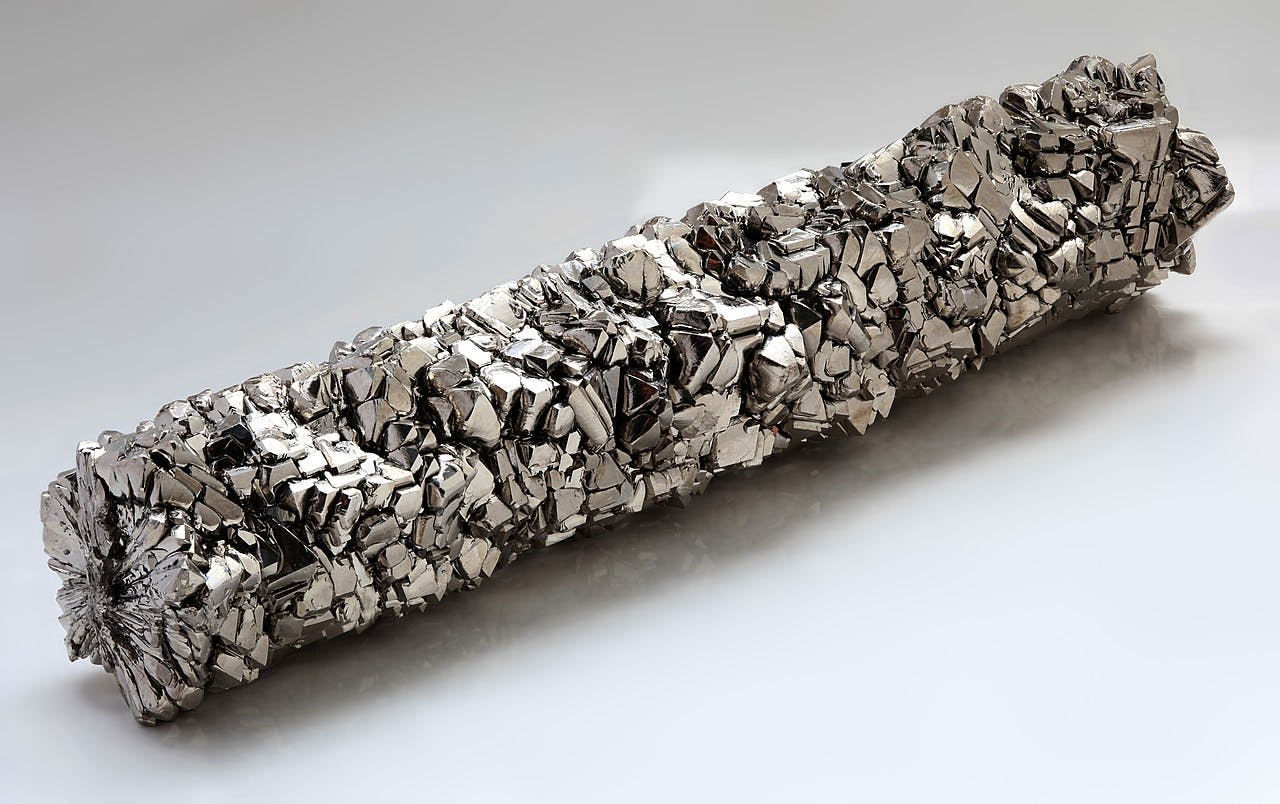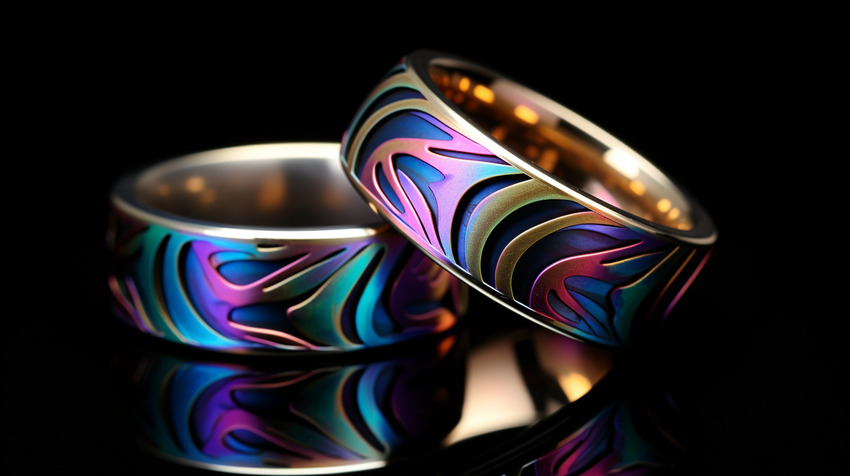Titanium and its alloys find widespread applications in various industrial sectors due to their exceptional physical and chemical properties. Among the surface treatment methods for titanium and its alloys, anodizing and coloring techniques have garnered significant attention for their simple process, rich color options, and cost-effectiveness. In this article, we will provide a detailed overview of the anodizing and coloring process for titanium and its alloys, along with their industrial applications and prospects.



Anodizing Process for Titanium and its Alloys
01
Degreasing
The initial step involves the use of alkaline-based degreasing agents to remove residual rolling oils from the surface of titanium and its alloys. This step is crucial as oil residues can adversely affect subsequent acid etching and anodizing processes, potentially leading to uneven coloring.
02
Primary Acid Etching
Following degreasing, the materials undergo primary acid etching. A 5% weight concentration solution of hydrofluoric acid is employed to etch the titanium and its alloys, aiding in the formation of a unique pearlescent pattern on the surface.
03
Secondary Acid Etching
To eliminate powdery residues formed during the primary acid etching process, a secondary acid etching step is performed. A mixture of hydrofluoric acid and hydrogen peroxide solution is used to form stable complex compounds with titanium ions, resulting in a clean surface.
04
Anodization
The pre-treated titanium and its alloy plates serve as anodes, while aluminum plates act as cathodes, immersed in a 1% weight concentration phosphoric acid electrolyte for constant voltage treatment. As the voltage increases, the oxide film on the titanium surface gradually thickens, exhibiting a diverse range of vibrant colors.
05
Sealing
To enhance the corrosion resistance, contamination resistance, and wear resistance of the anodized oxide film, a sealing treatment is performed. Common sealing methods include hot water sealing, steam sealing, and solution sealing with inorganic salts or organic compounds.
06
Drying
After the sealing process, the surface moisture is wiped off using a clean cotton cloth, allowing the workpiece to air dry naturally.

Industrial Applications and Prospects
The anodizing and coloring technique for titanium and its alloys holds immense potential for industrial applications. Firstly, the process is simple and cost-effective, making it suitable for large-scale industrial production. Secondly, the colored surfaces of anodized titanium and its alloys offer a wide range of attractive colors, fulfilling aesthetic requirements in various fields. Moreover, the anodized oxide film exhibits excellent corrosion resistance, contamination resistance, and wear resistance, thereby enhancing the service life and stability of titanium and its alloys.
In industrial sectors such as aerospace, medical devices, and architectural decoration, the anodizing and coloring technique for titanium and its alloys finds extensive utilization. In the aerospace industry, it can be employed in the manufacturing of aircraft components and engine parts. In the medical device sector, it can be utilized for surgical instruments and implants. In architectural decoration, it can be applied to the surface treatment of doors, windows, and curtain walls.




